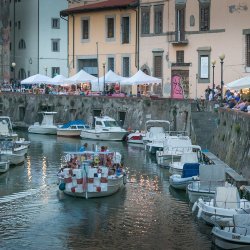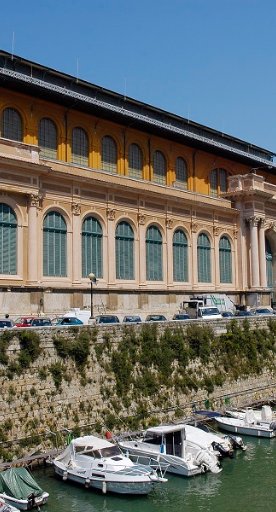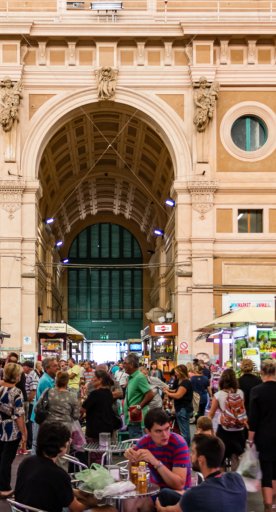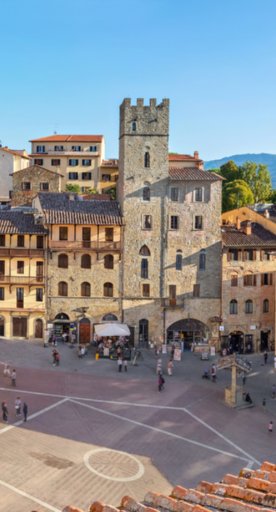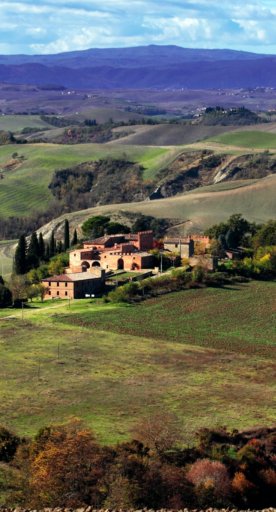Promenade in Livorno, among elegant seafront palaces and museums
Suggestive glimpses of the Leighorn city, where culture overlooks the sea
From the Medici heart of the city to the cliffs of the Boccale curves a path rich in naturalistic and architectural beauties, often portrayed in the paintings of the Macchiaioli.
The 19th-century promenade, now Viale Italia, which runs along the sea among lawns and rich vegetation, is Livorno's historic promenade among majestic palaces and bathing establishments already known in the 19th century, such as the Scoglio della Regina, the Pancaldi (1846), which boasted the appellation "Regio Bagno" because of the presence of royals such as the princes of the House of Savoy who attended the Academy, and the Acquaviva (1840), a destination for cultured and elite tourism.
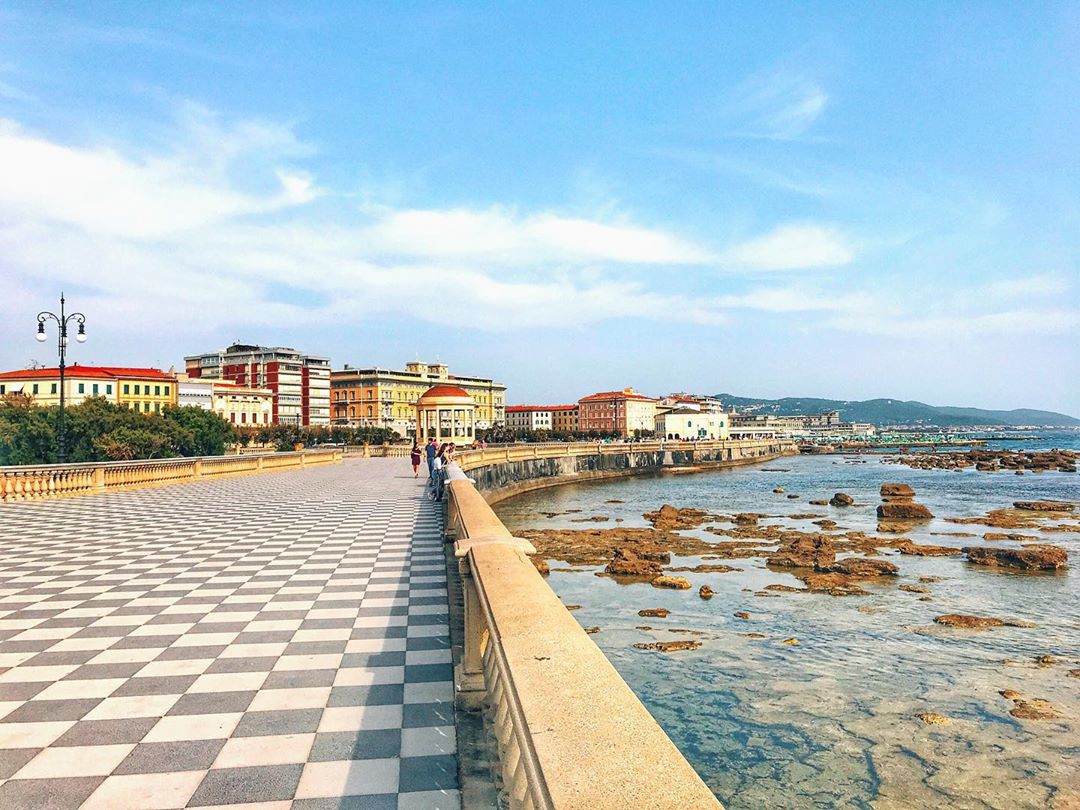


Starting from the Scoglio della Regina, inspired by the queen of Etruria Maria Luisa di Borbone, who had a pool dug for her baths among the rocks of this stretch of coastline, we arrive at the magnificent Terrazza Mascagni, from which a wide panorama of the sea and the islands of the Tuscan Archipelago can be admired. Popular during summer evenings, the square dates back to the 1920s and in 1945 was named after the well-known Livorno composer Pietro Mascagni. It was restored, with the entire section surrounding it, where a sound box, or music stand, was reconstructed following the original model. Also in the square overlooking the waves, you can visit the Livorno Aquarium, a true paradise for all lovers of the underwater world.
We deviate from the seafront and return later and head to Museo Civico G. Fattori, which collects over a hundred works by Macchiaioli painters. Not far away, we can also visit the Museum of Natural History of the Mediterranean, hosted in the 18th-century Villa Henderson.
Back on the seafront, continuing south, we find in front of us the Grand Hotel Palazzo, the most elegant and exclusive hotel in the frivolous and worldly Livorno of the late 19th century.
In front of the entrance to the Bagni Pancaldi in Piazza Modigliani we notice the Neptune Fountain, donated to the city in 1934 by Giuseppe Valiperti.

From here, it only takes a few steps to reach the Church of San Jacopo in Acquaviva. One of the most original churches because of its beautiful position in front of the sea, the building stands on an ancient 4th-century hermitage. It was enlarged in the 18th century and oriented toward the square; it houses a beautiful crypt open for visits.
We continue with the Naval Academy, considered among the most prestigious Italian military academies, the institute was inaugurated in 1881. On the occasion of its centenary, the sailing race Trofeo Accademia Navale e Città di Livorno (Naval Academy and City of Livorno Trophy) was established in which international crews participate, now called “International Sailing Week”.

Liberty-style villas accompany us to the Caprilli Hyppodrome, which in the past was the site of important galloping seasons, among the first nationwide in terms of spectator attendance. Named after the Leghorn-born Caprilli, inventor of the modern galloping style, the hyppodrome was built in 1894 as a place of recreation for elite vacationers.
Further on, towards Ardenza Mare, we find the grand-ducal Casini di Ardenza, among the earliest examples of mid-19th-century summer residences. With their original omega shape, it presents a series of elegant neoclassical-style buildings; and the Rotonda di Ardenza, a characteristic circular-shaped pine forest, closes the first part of the seafront promenade. Since 1953, this place has hosted the National Painting and Sculpture Award "Rotonda" and other cultural initiatives.


